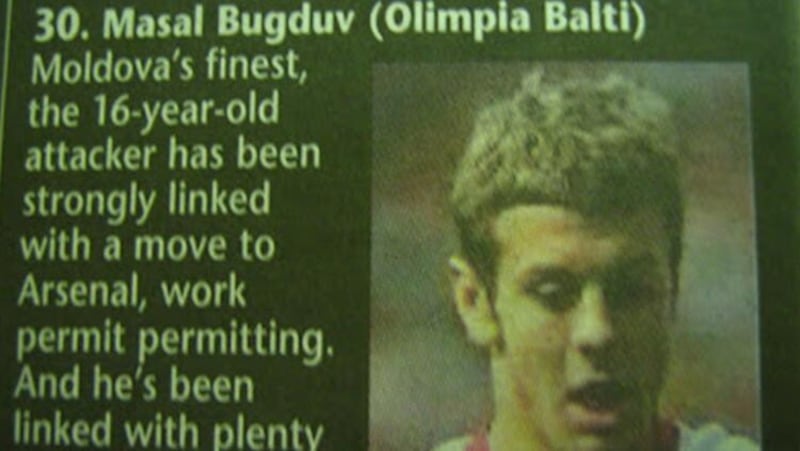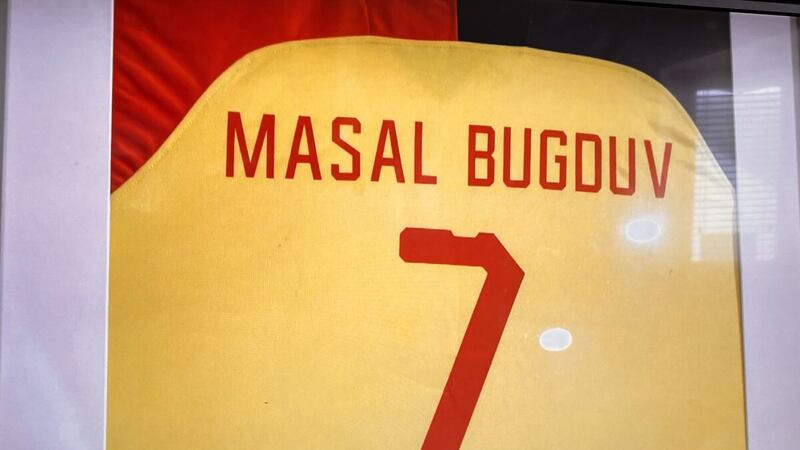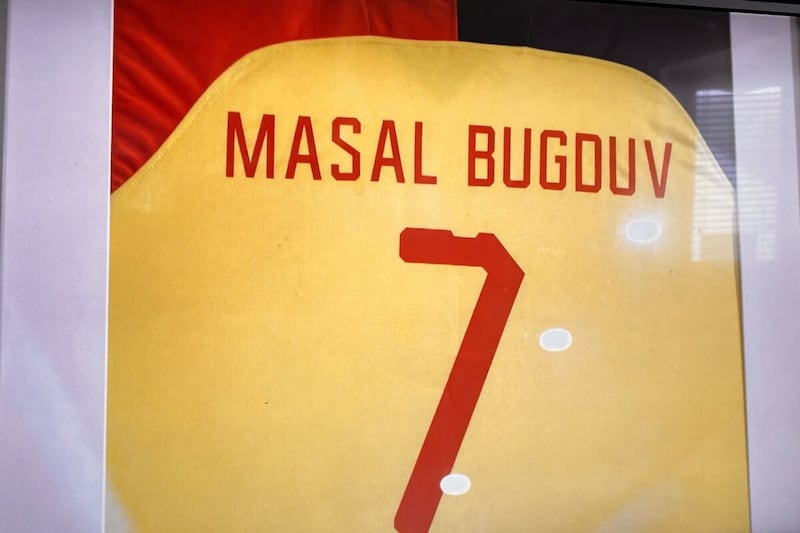WELL feins. Did you hear the latest goings-on in the Down camp? Or what’s happening in Tyrone? And there we were still trying to get our heads around Gearoid Hegarty walking off the Limerick panel.
Thankfully Donegal kept us well fed through the early months of the year until Armagh temporarily stole their thunder, some kind of ‘Hell in a Cell’ event surely the only way for Rian O’Neill and Kieran McGeeney to settle apparent differences.
‘Damien’ - inside line provider for the most circulated voice note in GAA history - can referee, all funds raised going towards the centre of excellence.
Where would we be without WhatsApp rumours, eh?
So great is the regularity with which they arrive, most people are initially wary of the information at hand before firing it on anyway, the catch-all “probably bullshit, but…” approach enough to end any ethical dilemmas.
It is evolution of a kind, though not necessarily for the better.
The GAA’s version of Chinese whispers has migrated from a place of parochial monikers on discussion boards, where everybody thought they knew who everybody else was, and that daily dose of club or county drama had to be actively sought out, to a ping on the phone whether wanted or not.
Every time one of these messages lands – the familiar pair of arrows, that italicised ‘forwarded’ or, my personal favourite, ‘forwarded many times’ - I’m reminded of Masal Bugdov, the 16-year-old Moldovan wonderkid who never was.
Wearied by the constant transfer gossip in the red top newspapers, where random names could be thrown at random clubs with little or no basis in fact, Galway journalist Declan Varley decided to conduct a social experiment in 2008.
Would it be possible to create and cultivate the career of a player who wasn’t actually real? It was worth a shot.
Thus, Masal Bugduv was born – his name derived from M’asal Beag Dubh, a short story by Pádraic Ó Conaire, the renowned writer whose statue rests in Galway’s Eyre Square.
Varley was drawn to this piece as, in telling the story of a man who pays over the odds for a little black donkey after his owner’s family oversell its virtues, it served as a fitting metaphor for a transfer market where agents would talk up their own donkeys in the hope of securing an inflated fee, gullible punters only too happy to lap up every yarn thrown their way.
And it wasn’t long before Bugduv’s star began to soar.
Varley edited the Wikipedia page of the Moldovan national squad to include this young prodigy who was doing wondrous things with Olimpia Balti, even registering an assist on his international debut against Luxembourg.
Given the tabloid thirst for tittle-tattle, the next logical step was for the young lad to have someone with a bit more know-how do his bidding. Fictional super-agent Sergei Yulikov was just the man, earning his 30 per cent by issuing press statements on behalf of the teenager, which Varley would convert into news stories through little-known - but prolific - Moldovan newspaper, Diario mo Thón(Diary of my Arse).
Word was getting out. Arsenal were the first to be linked, Arsene Wenger’s eagle eye for emerging European talent pushing the Gunners to the front of the queue. But Liverpool kept a watching brief too.
Bugduv wasn’t shy about having his say either. When Harry Redknapp made an off-the-cuff remark about Spurs not signing unknown players from countries such as Moldova, Bugdov lashed back at the dismissive attitude towards his country.
The powerhouse forward, likened to a young Wayne Rooney, was also mentioned in a Sky Sports News discussion about the transfer market. Then Manchester City boss Mark Hughes was asked about Bugdov in a press conference, remarking with a knowing smile that nothing could be ruled in or out.
The story reached its zenith in early 2009 when, with 106 million Google hits on his name, The Times newspaper had Bugduv 30th in its list of the top 50 promising young players – ahead of future stars like Mesut Ozil and Robert Lewandowski.
Not bad for a player who didn’t exist.
“Moldova’s finest,” The Times wrote, “the 16-year-old attacker has been strongly linked with a move to Arsenal, work permit permitting. And he’s been linked with plenty of other top clubs as well.”

A form of Football Manager fever dream, it was only once it reached the august pages of such an established publication that the lid was finally blown on Bugduv.
A replica Moldova jersey bearing his name still hangs on the wall of Coyne’s pub in Connemara, Bugduv’s story a favourite of proprietor Michael Coyne as a result of the connection to his ancestor, Pádraic Ó Conaire - a century after M’asal Beag Dubh was written.
And the legacy of one of the great sporting hoaxes remains. For Varley, the experiment was about assessing what defines truth and authority in journalism, and illustrating how the truth can become a casualty.
It became the subject of research by American academics, even appearing on the syllabus of several universities Stateside.
But the lessons contained within extend beyond the journalistic realm into a WhatsApp world where there is a willingness to believe what we are told – or, if not quite buy the talk in its entirety, assume that at the base of it all must be some kernel of truth.
Occasionally there is a fire raging behind those plumes of smoke, yet it is hard not to wonder where some of these rumours originate from, and why? Just as Sergei Yulikov was determined to talk up his little black donkey, agendas are often at play.
It was once said that “a lie can travel around the world and back again while the truth is still putting on its shoes” – the legend of Masal Bugduv is a stark reminder of just how swiftly the apocryphal tale can take flight.



